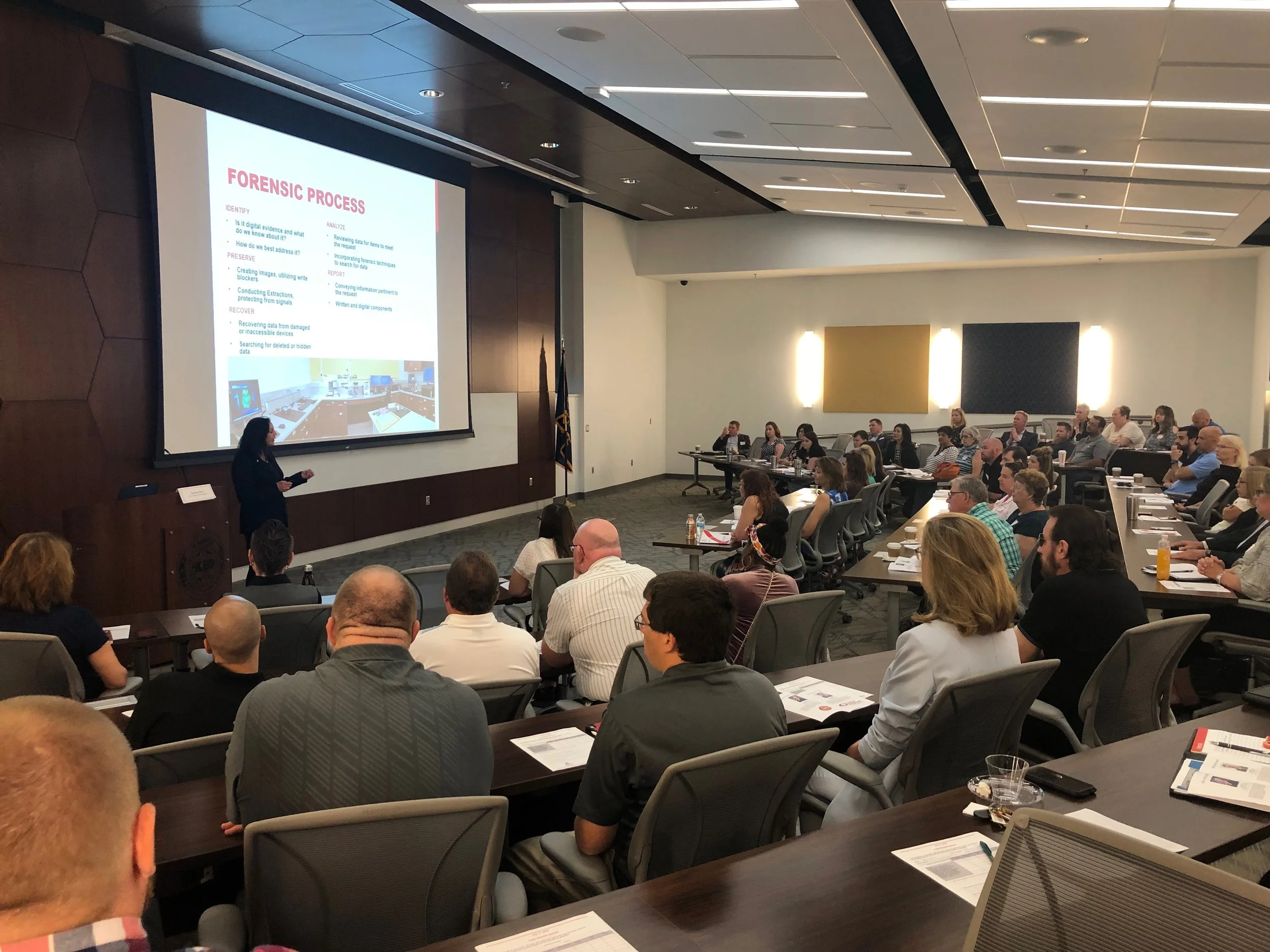Culture lessons from a turkey wrangler
By Martha Bartlett Piland, MB Piland
Typically, my grandmother tended the garden and kept all the myriad household projects neatly organized and running smoothly. (Martha Stewart would be proud.)
Occasionally, the family’s turkeys made a break for freedom, heading directly for the road in front of the house.
They’d make a lot of noise and fuss as they went, so their breakout wasn’t a secret. And if that wasn’t enough, fussy drivers honked their horns repeatedly in an attempt to scare away their feathered road blocks.
Each time this happened, it was my mother’s responsibility to get the turkeys out of the road and safely back to where they belonged.
My mother has a soft spot for all living things. So I can imagine her cajoling with sweet words and trying to tempt the turkeys with treats.
They were immune to her charms.
Next, she tried chasing them. Imagine how it must be to circle these birds, chasing and arm waving. Some running away. Some flying up to a tree. Some standing stock still. It was a lot of work and a frustrating experience for everyone to corral them.
One day, my mother made a discovery: if she could gently get just one turkey to start moving in the direction she wanted it to go, the others would follow.
The flock didn’t see her as a leader because she didn’t look like them. She was much bigger. She didn’t speak their language. But they did recognize a fellow turkey as someone to follow.
is your culture like a bunch of turkeys?
It could be. We’ve witnessed this with both employees and with nonprofit boards. Here's what we've observed about culture turkeys. They:
don't speak the same language as the boss
made a break for freedom by running out into dangerous traffic and annoying others
did not respond well to being chased
were not swayed with sweet words
were willing to follow a peer wherever it went because they didn’t want to be left behind
the lessons for leaders
If your employees or board members want to run amok, break the rules and refuse to listen, you have problems. It means your advertising, customer experience, operations and HR are moving in multiple directions with no discipline, no purpose and the wrong kind of passion.
Why would you squander a great deal of time, energy and money?
create a better leadership strategy
Just because you’re the boss doesn’t mean you need to be the boss. Stop running around, waving your arms and cajoling to get people moving in the direction you want. That doesn’t work. Instead, take a 3-step approach:
identify the leaders—or potential leaders in your organization: who are the people respected by their peers? Don’t just look at your managers, look for people who ignite and build teams. Invite them to be part of your special initiative.
lead the leaders: inspire and inform them about your purpose and goals. Share with them the vital importance of their talents and abilities to help your organization thrive and grow. Ask their opinions on how they can contribute, then build a plan where each has ownership.
let your leaders lead: allow them to model and share the direction and outputs you need with their peers. Give them latitude, time and budget to accomplish the work. Allow for some experimentation and set them up for success. Be available to help, but don’t hover.
A healthy culture builds a healthy brand. Make sure you’re building yours from the inside out.




